Here is the code from user manual:
> stops = mkStops [(gray, 0, 1), (white, 0.5, 1), (purple, 1, 1)]
> gradient = mkLinearGradient stops ((-0.5) ^& 0) (0.5 ^& 0) GradPad
> sq1 = square 1 # fillTexture gradient
> sq2 = square 1 # fillTexture (gradient & _LG . lGradSpreadMethod .~ GradRepeat
> & _LG . lGradStart .~ (-0.1) ^& 0
> & _LG . lGradEnd .~ 0.1 ^& 0)
> sq3 = square 1 # fillTexture (gradient & _LG . lGradSpreadMethod .~ GradReflect
> & _LG . lGradStart .~ (-0.1) ^& 0
> & _LG . lGradEnd .~ 0.1 ^& 0)
>
> example = hcat' (with & sep .~ 0.25) [sq1, sq2, sq3]
Here is what I got:

Here is what it looks like in the manual:

They don't quite match.
ghc 7.8.3, OS X 10.10
diagrams 1.2
output: SVG
